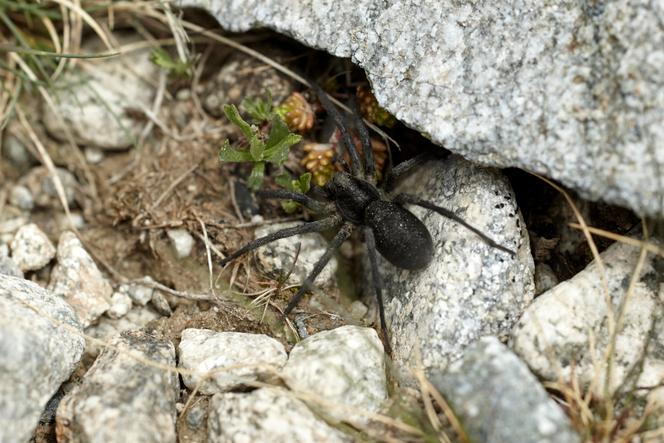


France is committed to halting the disappearance of all known endangered species by 2030. And yet today, less than half of them are covered by a protection order, the main regulatory tool available to prevent their destruction. That is the result of the detailed study published on Thursday, June 13, by the French committee of the International Union for Conservation of Nature (IUCN).
For the first time, the IUCN has cross-referenced two databases: the red list of threatened species in France, which assesses the risk of extinction of flora and fauna, and the national inventory of natural heritage on protection status. For each species concerned, protection orders define a series of prohibitions, such as the destruction of individuals or nests, the collection of plants, the sale of specimens or the degradation of habitats.
This cross-referencing reveals that over 56% of the 2,857 species threatened with extinction, i.e., 1,610 species, are not listed in any decree. "We often hear that there are too many measures to protect biodiversity, and that there is a need to simplify regulations," said Florian Kirchner, head of the species program at the French IUCN committee, who coordinated this survey. "On the contrary, we've come to the conclusion that there are major shortcomings and that, in terms of protection, France is not where it should be. Protecting species creates obligations, but if we don't act, we run the risk of seeing animals and plants disappear."
The level of protection varies greatly from group to group. All 18 threatened amphibian species and almost all mammal and reptile species are covered by a decree. Of the 319 bird species, 282 are covered. It is the complete opposite, however, for fish, invertebrates and plants. While fishing for certain sharks and rays is prohibited, none of the 11 endangered species are protected by an order. Similarly, only three endangered crustacean species (out of 171), 9 bony fish species (out of 98), 15 insect species (out of 92) or 93 ferns and allied plants (out of 288) are covered. The disparity is also geographical, with Guadeloupe, Martinique and French Polynesia accounting for a very small proportion of species listed in a protection order.
One of the reasons for these discrepancies is the lack of attention paid to certain plants and animals. "Some species, such as marine animals, mollusks, spiders or plants, are much less studied than others. The delay in public policies is also linked to this lack of knowledge," said Kirchner. For example, the first red list of spiders in mainland France was not published until April 2023, and the first red list of fungi was only published in April 2024.
You have 51.02% of this article left to read. The rest is for subscribers only.
